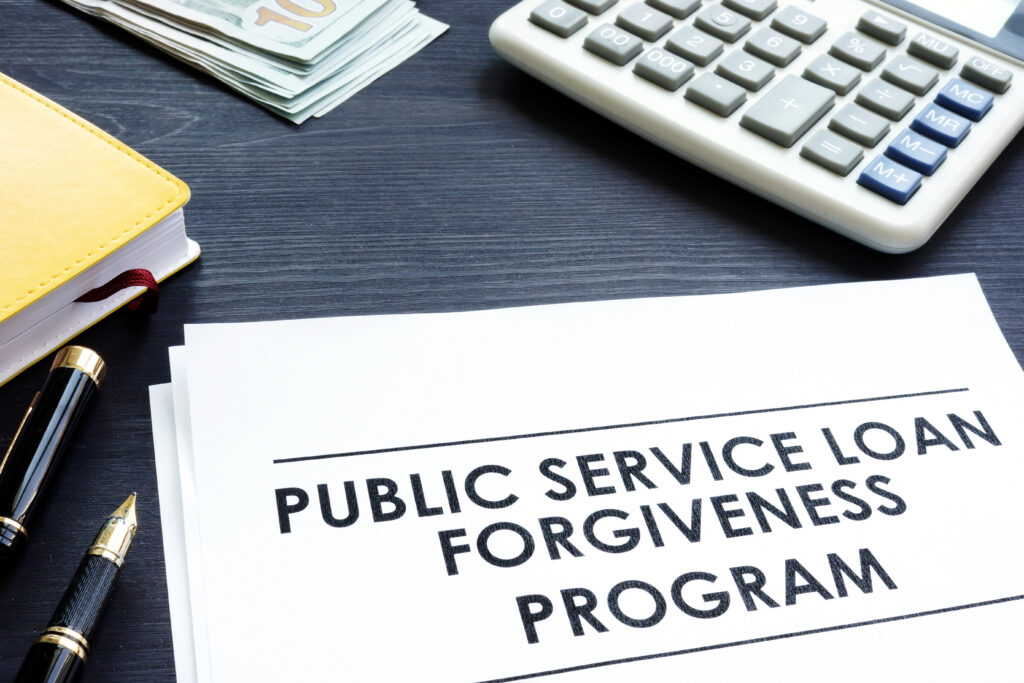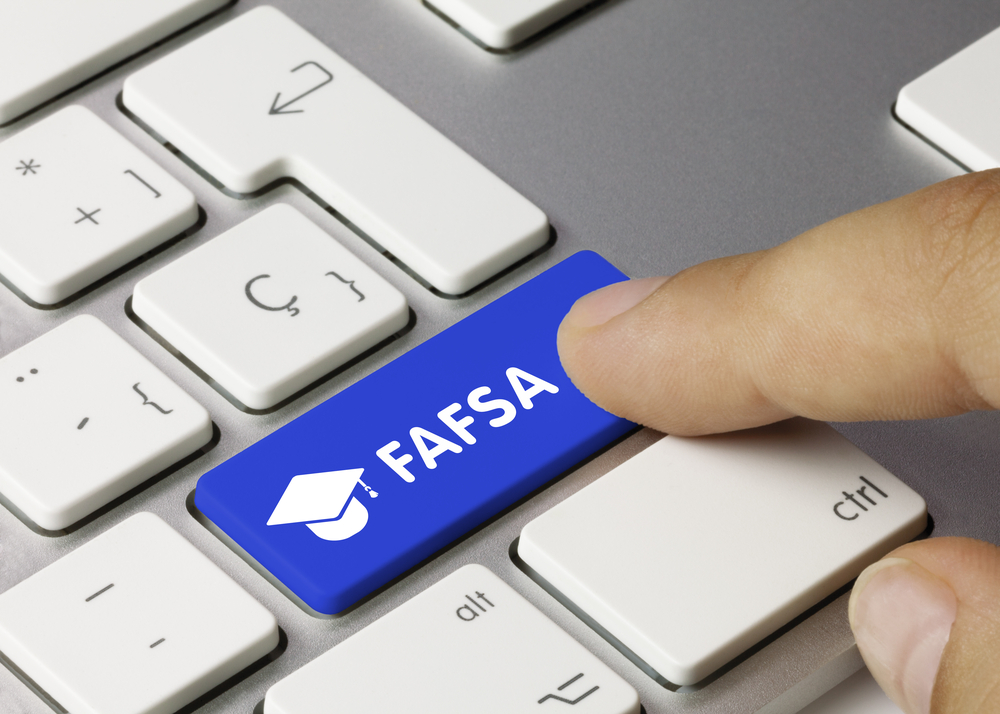
Although there have been administrative changes and legal challenges in the federal student loan program in the past several months, the Public Service Loan Program (PSLF) remains a benefit for some borrowers.
Borrowers currently enrolled in PSLF should continue making payments to ensure progress toward forgiveness.
Some borrowers enrolled in PSLF and also enrolled in the SAVE repayment plan have been in forbearance as a result of a court injunction resulting from legal challenges to the SAVE plan. Therefore, those borrowers have not made payments and have not made progress toward forgiveness for several months. Those borrowers have the following options:
- Stay in forbearance and save the money you would be using to make payments. You can use that money later to “buy back” months of PSLF credit for the time spent in forbearance as a result of the legal challenges to the SAVE plan.
- Apply for a different repayment plan to resume progress toward PSLF. Earlier this month, the Department of Education reopened the online income-driven-repayment plan application, so borrowers now have the option to switch from SAVE to a new repayment plan and resume progress toward PSLF. Borrowers should note that there may be a delay in applications being processed while servicers update their systems and borrowers should carefully consider whether switching repayment plans is the best option for them.
Student loan borrowers should also be aware the definition of a qualifying employer for PSLF could change. The Department of Education announced on April 3, its intent to begin negotiated rulemaking to review proposed changes to the program. In a draft Federal Register announcement (to be published on April 4) the Department lists “refining definitions of a qualifying employer for the purposes of determining eligibility for the Public Service Loan Forgiveness program” as one of the topics for negotiated rulemaking. Public hearings will also be held on this topic and others on April 29 (in-person) and May 1 (virtual).


